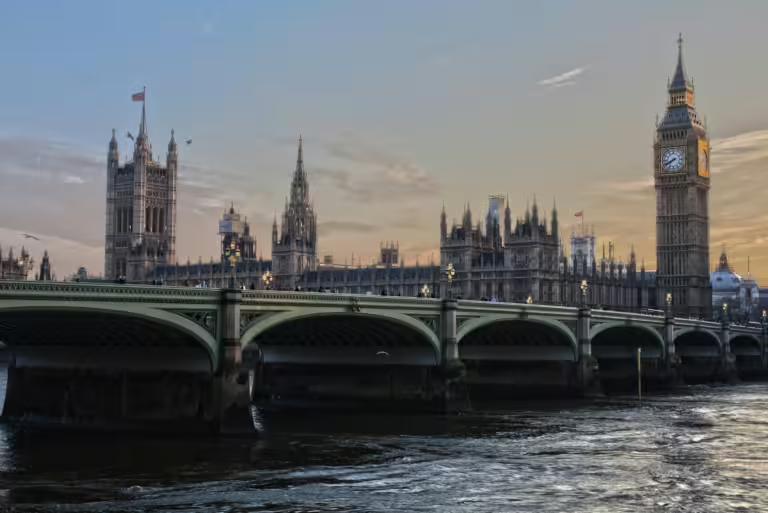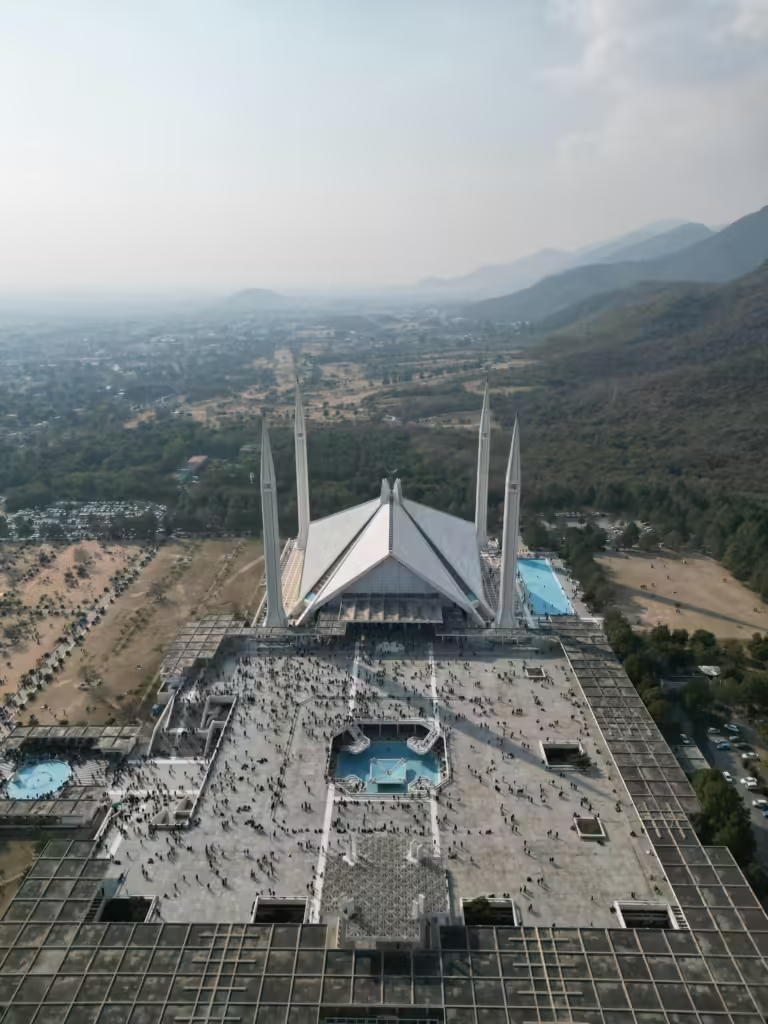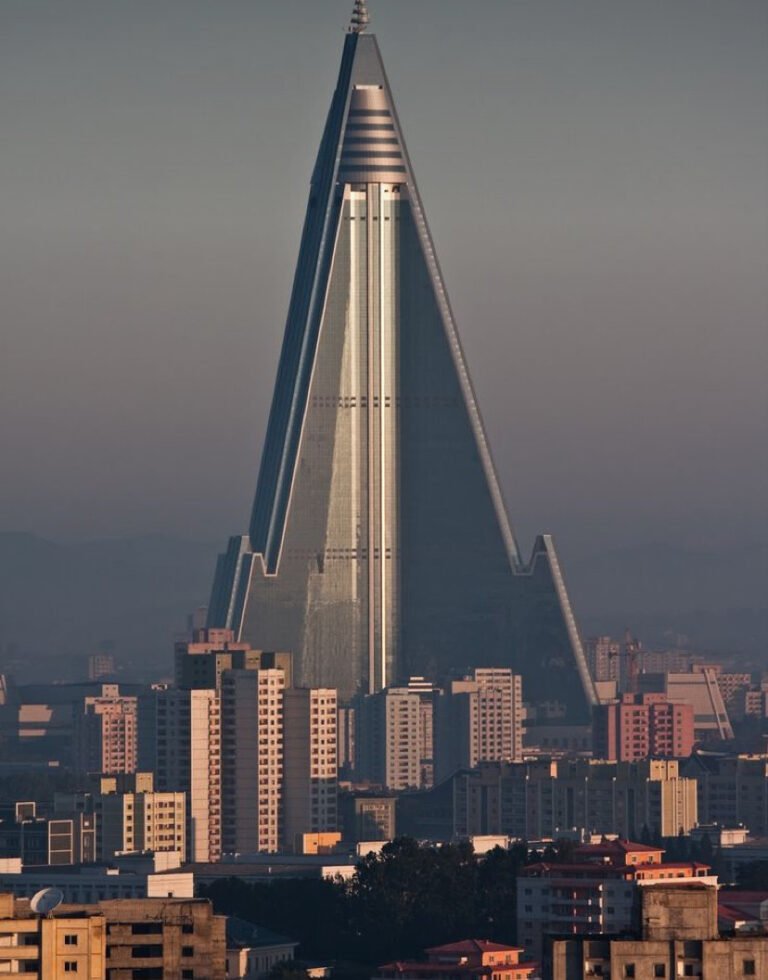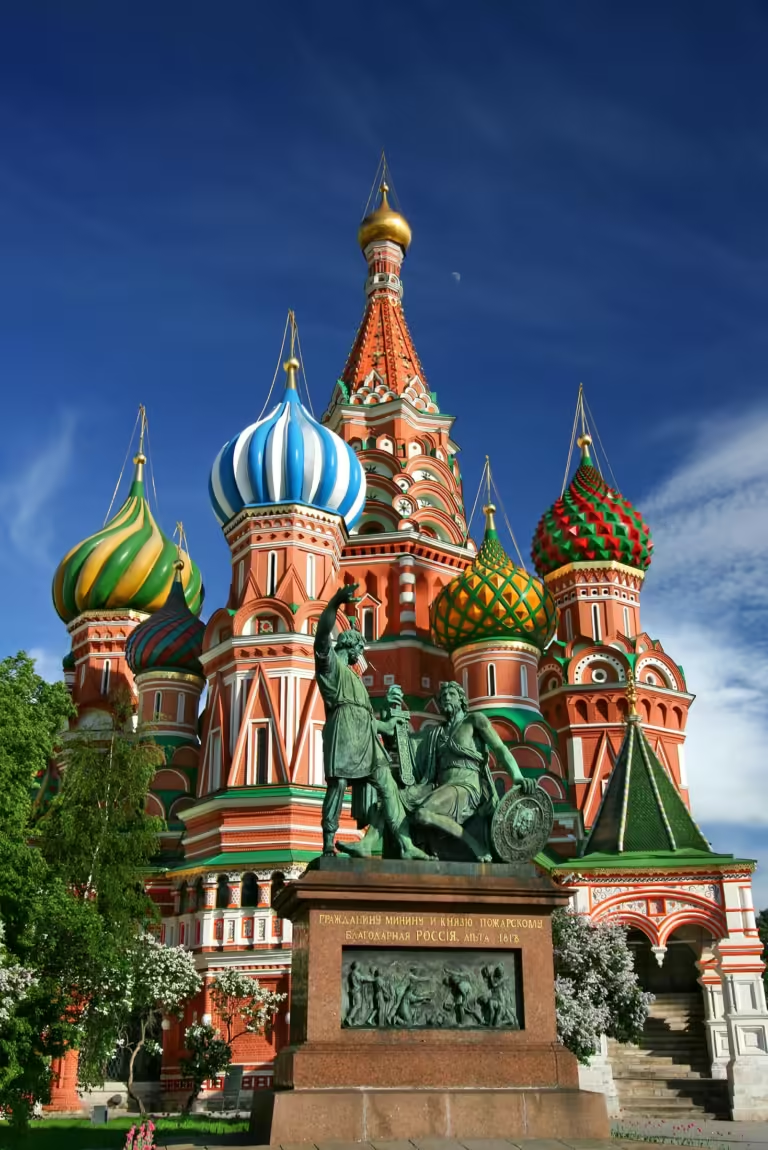Here is a list of countries with nuclear weapons in the world 2024:
1.Russia
2.United States
3.China
4.France
5.United Kingdom
6.Pakistan
7.India
8.Israel
9.North Korea
1.Russia
Nuclear Weapons:5,977
Russia is one of the world’s leading nuclear powers, possessing a significant arsenal of nuclear weapons.
Historical Background
- Soviet Era Development: Russia inherited its nuclear arsenal from the Soviet Union, which first developed nuclear weapons in 1949. The Soviet Union conducted extensive nuclear testing and maintained a large nuclear stockpile during the Cold War.
- Post-Soviet Transition: After the dissolution of the Soviet Union in 1991, Russia retained the majority of the Soviet nuclear arsenal. The transition period involved efforts to secure and consolidate these weapons, as well as to reduce their number through various treaties.
Current Nuclear Arsenal
- Size and Composition: Russia’s nuclear arsenal is estimated to consist of approximately 5,977 nuclear warheads, of which around 1,625 are deployed on intercontinental ballistic missiles (ICBMs), submarine-launched ballistic missiles (SLBMs), and strategic bombers. The rest are either in storage or retired but not yet dismantled.
Delivery Systems: Russia has a diverse range of delivery systems for its nuclear weapons, including:
- ICBMs: Land-based missiles such as the RS-24 Yars and the RS-28 Sarmat.
- SLBMs: Sea-based missiles deployed on nuclear-powered submarines, such as the RSM-56 Bulava.
- Strategic Bombers: Aircraft like the Tu-160 and Tu-95 that can carry nuclear bombs and cruise missiles.
- Tactical Nuclear Weapons: Shorter-range weapons designed for use on the battlefield.
Modernization Efforts
- Upgrades and New Systems: Russia has been actively modernizing its nuclear forces, developing new weapons systems such as the Avangard hypersonic glide vehicle, the Poseidon nuclear-powered underwater drone, and the Burevestnik nuclear-powered cruise missile.
- Strategic Priorities: Modernization efforts focus on enhancing the survivability, reliability, and effectiveness of Russia’s nuclear deterrent. This includes improving missile defense penetration capabilities and ensuring second-strike capabilities.
International Treaties and Agreements
- New START Treaty: Russia is a party to the New Strategic Arms Reduction Treaty (New START) with the United States, which limits the number of deployed strategic nuclear warheads and delivery systems. The treaty was extended in 2021 for five more years.
- Non-Proliferation Treaty (NPT): Russia is a signatory to the NPT, which aims to prevent the spread of nuclear weapons, promote disarmament, and facilitate the peaceful use of nuclear energy.
- INF Treaty: The Intermediate-Range Nuclear Forces (INF) Treaty, signed in 1987 between the United States and the Soviet Union, led to the elimination of an entire class of nuclear and conventional missiles. However, the United States withdrew from the treaty in 2019, citing Russian violations.
Strategic Doctrine
- Nuclear Deterrence: Russia’s military doctrine emphasizes the role of nuclear weapons in deterring aggression against the country. The doctrine allows for the use of nuclear weapons in response to a nuclear attack or a conventional attack that threatens the existence of the state.
- Escalate to De-escalate: Some analysts believe that Russia’s strategy includes the concept of “escalate to de-escalate,” which suggests the potential use of tactical nuclear weapons to de-escalate a conflict on favorable terms.
Global Security Concerns
- Nuclear Arms Race: Ongoing modernization and development of new nuclear weapons by Russia contribute to concerns about a renewed nuclear arms race, particularly with the United States and other nuclear-armed states.
- Geopolitical Tensions: Russia’s nuclear posture is a critical element in its geopolitical strategy, influencing its relations with NATO, the United States, and other countries. Tensions over issues such as missile defense and regional conflicts have significant implications for global security.

2.United States
Nuclear weapons:5,428
The United States is one of the foremost nuclear powers in the world, possessing a significant and advanced arsenal of nuclear weapons.
Historical Background
- Manhattan Project: The United States developed the first nuclear weapons during World War II under the secretive Manhattan Project, leading to the atomic bombings of Hiroshima and Nagasaki in 1945.
- Cold War Era: During the Cold War, the United States expanded its nuclear arsenal and engaged in an arms race with the Soviet Union, leading to the development of various types of nuclear weapons and delivery systems.
Current Nuclear Arsenal
- Size and Composition: The United States’ nuclear arsenal is estimated to consist of approximately 5,428 nuclear warheads, including deployed, reserve, and retired but not yet dismantled warheads. Of these, about 1,800 are deployed on intercontinental ballistic missiles (ICBMs), submarine-launched ballistic missiles (SLBMs), and strategic bombers.
- Delivery Systems: The U.S. has a triad of nuclear delivery systems:
- ICBMs: Land-based missiles such as the Minuteman III.
- SLBMs: Sea-based missiles like the Trident II (D5) deployed on Ohio-class submarines.
- Strategic Bombers: Aircraft such as the B-2 Spirit and B-52 Stratofortress that can carry nuclear bombs and air-launched cruise missiles.
Modernization Efforts
- Nuclear Modernization Program: The United States is undergoing a comprehensive modernization of its nuclear forces, including updating warheads, delivery systems, and command and control infrastructure. This effort includes the development of the Ground-Based Strategic Deterrent (GBSD) to replace Minuteman III ICBMs, the Columbia-class submarines to replace Ohio-class submarines, and the B-21 Raider bomber.
- New Technologies: Modernization also involves the development of advanced technologies such as improved missile defense penetration capabilities, hypersonic weapons, and enhanced command and control systems to ensure the reliability and effectiveness of the nuclear deterrent.
International Treaties and Agreements
- New START Treaty: The United States is a party to the New Strategic Arms Reduction Treaty (New START) with Russia, which limits the number of deployed strategic nuclear warheads and delivery systems. The treaty was extended in 2021 for five more years.
- Non-Proliferation Treaty (NPT): The United States is a signatory to the NPT, which aims to prevent the spread of nuclear weapons, promote disarmament, and facilitate the peaceful use of nuclear energy.
- INF Treaty: The United States was a party to the Intermediate-Range Nuclear Forces (INF) Treaty, which eliminated an entire class of nuclear and conventional missiles. However, the U.S. withdrew from the treaty in 2019, citing Russian violations.
Strategic Doctrine
- Nuclear Posture Review (NPR): The U.S. conducts periodic reviews of its nuclear policy, known as the Nuclear Posture Review. The latest NPR outlines the role of nuclear weapons in national security, focusing on deterrence, extended deterrence for allies, and non-proliferation.
- Deterrence Strategy: The U.S. nuclear strategy is centered on deterrence, ensuring that any potential adversary recognizes that the costs of a nuclear attack would outweigh any benefits. This includes a mix of assured retaliation capabilities and flexible response options.
Global Security Concerns
- Nuclear Arms Control: The U.S. plays a key role in global arms control and non-proliferation efforts. Engagement in treaties and dialogue with other nuclear-armed states is crucial to maintaining strategic stability.
- Geopolitical Tensions: The U.S. nuclear posture influences its relations with other nuclear-armed states such as Russia and China, as well as its commitments to NATO and other allies. Tensions over issues like missile defense, regional conflicts, and arms races are significant factors in global security dynamics.

3.China
Nuclear weapon:350
China is a nuclear weapons state and possesses a significant arsenal of nuclear weapons. As one of the five nuclear-armed states under the Treaty on the Non-Proliferation of Nuclear Weapons (NPT), China’s nuclear capabilities play a crucial role in its national defense strategy.
Historical Background
- Development and First Test: China developed its first nuclear weapon in the 1950s and conducted its first successful nuclear test on October 16, 1964, at the Lop Nur test site.
- Strategic Doctrine: Since its inception, China has maintained a policy of minimum deterrence, focusing on maintaining a relatively small but effective nuclear arsenal capable of deterring adversaries.
Current Nuclear Arsenal
- Size and Composition: Estimates of China’s nuclear arsenal suggest it has around 350 nuclear warheads. The exact number is not publicly disclosed, and assessments vary among experts.
Delivery Systems: China has a diverse array of nuclear delivery systems, including:
- Intercontinental Ballistic Missiles (ICBMs): Land-based missiles such as the DF-5, DF-31, and the more advanced DF-41.
- Submarine-Launched Ballistic Missiles (SLBMs): Missiles like the JL-2, deployed on Jin-class (Type 094) submarines, with development underway for the JL-3.
- Strategic Bombers: Aircraft such as the H-6K and the development of the more modern H-20 bomber.
- Intermediate-Range and Tactical Missiles: Including the DF-21 and DF-26, which can be equipped with nuclear warheads.
Modernization Efforts
- Enhancing Capabilities: China is actively modernizing its nuclear forces, developing new missiles, upgrading existing systems, and improving the survivability and reliability of its arsenal.
- Mobile Launch Platforms: China has increasingly focused on mobile ICBM launchers, which enhance the survivability of its nuclear forces by making them harder to target in a first-strike scenario.
- Submarine Fleet: The expansion and modernization of its submarine fleet, including the development of more advanced SLBMs and quieter submarines, are key components of China’s strategy to ensure a second-strike capability.
Strategic Doctrine
- No-First-Use Policy: China has consistently declared a no-first-use (NFU) policy, pledging not to use nuclear weapons unless first attacked by an adversary using nuclear weapons.
- Minimum Deterrence: China’s strategy emphasizes maintaining a credible deterrent with a relatively small number of nuclear weapons, sufficient to inflict unacceptable damage in a retaliatory strike.
International Treaties and Agreements
- Non-Proliferation Treaty (NPT): China is a signatory to the NPT, committed to preventing the spread of nuclear weapons and promoting disarmament.
- Comprehensive Nuclear-Test-Ban Treaty (CTBT): China has signed but not yet ratified the CTBT, which bans all nuclear explosions for both civilian and military purposes.
- Arms Control Dialogue: China engages in various arms control dialogues and discussions, although it has been more cautious about participating in multilateral arms reduction agreements, often citing the disparity between its arsenal and those of the U.S. and Russia.
Global Security Concerns
- Arms Race Dynamics: China’s nuclear modernization and expansion have raised concerns about a potential arms race, particularly in the Asia-Pacific region. The United States and its allies closely monitor China’s developments.
- Regional Tensions: China’s nuclear posture is a critical factor in regional security dynamics, especially concerning its relations with neighboring nuclear-armed states such as India and its strategic competition with the United States.

4.France
Nuclear weapons:290
France is one of the world’s recognized nuclear-armed states, possessing a sophisticated and advanced nuclear arsenal. As a key member of the international community, France’s nuclear capabilities play a significant role in its national defense strategy and global security dynamics.
Historical Background
- Development and First Test: France developed its nuclear weapons program in the 1950s, conducting its first successful nuclear test on February 13, 1960, in the Sahara Desert, Algeria.
- Strategic Autonomy: France’s decision to develop nuclear weapons was driven by a desire for strategic autonomy and national security, ensuring that France could defend itself independently.
Current Nuclear Arsenal
- Size and Composition: France’s nuclear arsenal is estimated to consist of approximately 290 nuclear warheads. The exact number can vary as the country modernizes its arsenal and maintains a policy of transparency to some extent.
Delivery Systems: France has a diverse range of nuclear delivery systems, including:
- Submarine-Launched Ballistic Missiles (SLBMs): France deploys its SLBMs on four Triomphant-class submarines, each equipped with M51 missiles.
- Air-Launched Cruise Missiles: France’s air-based nuclear component includes the ASMP-A (Air-Sol Moyenne Portée-Amélioré) cruise missile, carried by Rafale fighter aircraft.
Modernization Efforts
- Nuclear Force Modernization: France is continually modernizing its nuclear forces to maintain the effectiveness, reliability, and security of its deterrent. This includes upgrades to the M51 SLBMs and the development of the next-generation air-launched cruise missile.
- Strategic Submarines: The Triomphant-class submarines are periodically upgraded, with the newest submarine, Le Terrible, being one of the most advanced in the fleet.
Strategic Doctrine
- Nuclear Deterrence: France’s nuclear doctrine emphasizes the role of nuclear weapons as a deterrent against any major threat to its national interests. The doctrine includes the capability to inflict unacceptable damage to any adversary.
- Principle of Strict Sufficiency: France adheres to the principle of “strict sufficiency,” meaning it maintains only enough nuclear weapons to guarantee credible deterrence.
- Independent and National Control: French nuclear forces are under the exclusive control of the President of France, ensuring national command and operational independence.
International Treaties and Agreements
- Non-Proliferation Treaty (NPT): France is a signatory to the NPT, which aims to prevent the spread of nuclear weapons, promote disarmament, and facilitate the peaceful use of nuclear energy.
- Comprehensive Nuclear-Test-Ban Treaty (CTBT): France has signed and ratified the CTBT, committing to the prohibition of all nuclear explosions.
- Disarmament Efforts: France actively participates in international arms control and disarmament efforts, advocating for gradual and verifiable reductions in nuclear arsenals worldwide.
Global Security Concerns
- Role in NATO: As a key member of NATO, France’s nuclear forces contribute to the overall strategic deterrence posture of the alliance, while maintaining operational independence.
- European Security: France’s nuclear arsenal is seen as a cornerstone of European security, providing a nuclear deterrent within the broader context of European defense.
- Global Non-Proliferation: France supports global non-proliferation efforts and works to prevent the spread of nuclear weapons, while maintaining a credible deterrent to address security threats.

5.United Kingdom
Nuclear weapons:225
The United Kingdom is one of the world’s recognized nuclear-armed states, possessing a sophisticated and advanced nuclear arsenal. As a key member of the international community and NATO, the UK’s nuclear capabilities play a significant role in its national defense strategy and global security dynamics.
Historical Background
- Development and First Test: The United Kingdom began its nuclear weapons program in the aftermath of World War II. The first successful nuclear test, Operation Hurricane, took place on October 3, 1952, off the coast of Western Australia.
- Strategic Partnerships: The UK has maintained close nuclear cooperation with the United States, particularly through the 1958 US-UK Mutual Defence Agreement, which has facilitated the sharing of nuclear technology and information.
Current Nuclear Arsenal
- Size and Composition: The UK’s nuclear arsenal is estimated to consist of approximately 225 nuclear warheads. The exact number fluctuates as part of the UK’s policy of maintaining a credible minimum deterrent.
Delivery Systems: The UK operates a sea-based nuclear deterrent system:
- Submarine-Launched Ballistic Missiles (SLBMs): The UK’s nuclear weapons are deployed on four Vanguard-class submarines, each equipped with Trident II (D5) missiles. These submarines are based at HMNB Clyde in Scotland.
Modernization Efforts
- Nuclear Force Modernization: The UK is in the process of modernizing its nuclear forces, including the development of the Dreadnought-class submarines, which are set to replace the Vanguard-class submarines starting in the 2030s.
- Warhead Updates: The UK is also updating its nuclear warheads to ensure their reliability, effectiveness, and compatibility with the Trident II (D5) missile system.
Strategic Doctrine
- Nuclear Deterrence: The UK’s nuclear doctrine is centered on maintaining a credible minimum deterrent to prevent major threats to its national security. The doctrine allows for the use of nuclear weapons in extreme circumstances of self-defense, including defense of NATO allies.
- Continuous At-Sea Deterrence (CASD): The UK maintains a policy of Continuous At-Sea Deterrence, ensuring that at least one nuclear-armed submarine is always on patrol, ready to respond to any nuclear threat.
- Operational Independence: Although the UK’s nuclear forces are integrated into NATO’s defense posture, the UK retains full operational control over its nuclear weapons.
International Treaties and Agreements
- Non-Proliferation Treaty (NPT): The UK is a signatory to the NPT, committed to preventing the spread of nuclear weapons, promoting disarmament, and facilitating the peaceful use of nuclear energy.
- Comprehensive Nuclear-Test-Ban Treaty (CTBT): The UK has signed and ratified the CTBT, which bans all nuclear explosions for both civilian and military purposes.
- Disarmament Efforts: The UK actively participates in international arms control and disarmament initiatives, advocating for verifiable reductions in nuclear arsenals and promoting global non-proliferation.
Global Security Concerns
- Role in NATO: As a founding member of NATO, the UK’s nuclear forces contribute to the alliance’s overall strategic deterrence posture. The UK’s nuclear weapons are part of NATO’s collective security framework, though the UK maintains national control over its arsenal.
- European Security: The UK’s nuclear deterrent is a key element of European security, providing a counterbalance to potential threats and contributing to the stability of the region.
- Global Non-Proliferation: The UK supports global efforts to prevent the proliferation of nuclear weapons and to promote disarmament, working through various international forums and agreements to achieve these goals.

6.Pakistan
Nuclear weapons:165
Pakistan is one of the world’s recognized nuclear-armed states, possessing a significant nuclear arsenal. Its nuclear weapons program plays a critical role in its national security strategy, especially in the context of its regional dynamics with India.
Historical Background
- Development: Pakistan began developing its nuclear weapons program in the late 1970s, primarily in response to India’s nuclear weapons capabilities. The program accelerated after India’s first nuclear test in 1974.
- First Test: Pakistan conducted its first successful nuclear tests on May 28, 1998, known as Chagai-I, shortly after India’s tests earlier that month.
Current Nuclear Arsenal
- Size and Composition: Estimates suggest Pakistan has around 165 nuclear warheads. The exact number is not publicly disclosed, and assessments vary among experts.
Delivery Systems: Pakistan has a variety of delivery systems for its nuclear weapons, including:
- Ballistic Missiles: Land-based missiles such as the Shaheen, Ghauri, and Hatf series.
- Cruise Missiles: Including the Babur and Ra’ad air-launched cruise missiles.
- Aircraft: Fighter jets like the F-16 and JF-17, which are capable of delivering nuclear weapons.
Modernization Efforts
- Missile Development: Pakistan continues to develop and test new missile systems to enhance the range, accuracy, and survivability of its nuclear arsenal. This includes advancements in multiple independently targetable reentry vehicles (MIRVs).
- Second-Strike Capability: Efforts to develop sea-based nuclear capabilities, including submarine-launched ballistic missiles (SLBMs), are aimed at ensuring a second-strike capability.
Strategic Doctrine
- Full Spectrum Deterrence: Pakistan’s nuclear doctrine emphasizes “full spectrum deterrence,” which means maintaining a credible minimum deterrent at all levels of conflict, from tactical to strategic.
- No First Use vs. First Use: Unlike India’s declared no-first-use policy, Pakistan has not adopted such a stance. Instead, it maintains ambiguity to deter conventional and nuclear threats, especially from India.
International Treaties and Agreements
- Non-Proliferation Treaty (NPT): Pakistan is not a signatory to the NPT. It has expressed concerns that the treaty is discriminatory and does not address its security concerns relative to India.
- Comprehensive Nuclear-Test-Ban Treaty (CTBT): Pakistan has signed but not ratified the CTBT, indicating a willingness to adhere to some non-proliferation norms while retaining the option for future testing.
- Fissile Material Cut-off Treaty (FMCT): Pakistan has expressed reservations about the FMCT, primarily due to concerns about the disparity in fissile material stockpiles between India and itself.
Global Security Concerns
- Regional Tensions with India: The primary driver of Pakistan’s nuclear weapons program is its security competition with India. The two countries have fought several wars and continue to have a volatile relationship, particularly over the Kashmir region.
- Nuclear Security: There are ongoing international concerns about the security of Pakistan’s nuclear arsenal, given the presence of extremist groups within the country. Pakistan has taken measures to enhance the security of its nuclear assets, including establishing a robust command and control structure.
- Arms Race Dynamics: The nuclear arms race between Pakistan and India is a significant factor in South Asian security dynamics. Both countries continue to develop and expand their nuclear capabilities, raising concerns about stability and the potential for nuclear escalation.

7.India
Nuclear weapons:160
India is one of the recognized nuclear-armed states, with a significant and advanced nuclear arsenal. India’s nuclear weapons program is a key component of its national security strategy, particularly in the context of its regional dynamics with Pakistan and China.
Historical Background
- Development and First Test: India began developing its nuclear weapons program in the late 1940s and 1950s. The first successful nuclear test, code-named “Smiling Buddha,” was conducted on May 18, 1974.
- Second Series of Tests: India conducted a series of nuclear tests in May 1998, known as Operation Shakti, which confirmed its status as a nuclear weapons state.
Current Nuclear Arsenal
- Size and Composition: Estimates suggest that India has around 160 nuclear warheads. The exact number is not publicly disclosed, and assessments vary among experts.
Delivery Systems: India has developed a diverse array of delivery systems for its nuclear weapons, including:
- Ballistic Missiles: Land-based missiles such as the Agni series (Agni-I, II, III, IV, and V), which have varying ranges from short to intercontinental.
- Cruise Missiles: Including the BrahMos and Nirbhay missiles.
- Aircraft: Fighter jets like the Mirage 2000, Su-30MKI, and the domestically produced Tejas, which are capable of delivering nuclear weapons.
- Submarine-Launched Ballistic Missiles (SLBMs): The K-15 and K-4 missiles deployed on Arihant-class nuclear submarines, forming part of India’s sea-based deterrent.
Modernization Efforts
- Missile Development: India continues to develop and test new missile systems to enhance the range, accuracy, and survivability of its nuclear arsenal. This includes advancements in multiple independently targetable reentry vehicles (MIRVs).
- Sea-Based Deterrent: India is expanding its sea-based deterrent capabilities with the development and deployment of Arihant-class nuclear-powered submarines and their SLBMs, ensuring a credible second-strike capability.
Strategic Doctrine
- No-First-Use Policy: India has declared a no-first-use (NFU) policy, committing to use nuclear weapons only in retaliation to a nuclear attack on Indian territory or on Indian forces anywhere.
- Credible Minimum Deterrence: India’s nuclear doctrine emphasizes maintaining a credible minimum deterrent to ensure the ability to inflict unacceptable damage in response to a nuclear attack.
International Treaties and Agreements
- Non-Proliferation Treaty (NPT): India is not a signatory to the NPT. It has consistently argued that the treaty is discriminatory and does not address its security concerns.
- Comprehensive Nuclear-Test-Ban Treaty (CTBT): India has not signed the CTBT, citing the need for maintaining the option for future testing in the face of evolving security challenges.
- Fissile Material Cut-off Treaty (FMCT): India supports the negotiation of an FMCT but has not agreed to a halt in fissile material production pending such a treaty.
Global Security Concerns
- Regional Tensions with Pakistan: India’s nuclear weapons program is significantly influenced by its rivalry with Pakistan. Both countries have fought several wars and continue to have a volatile relationship, particularly over the Kashmir region.
- Strategic Competition with China: India’s nuclear and missile programs also consider the strategic competition with China, which has a more advanced and larger nuclear arsenal.
- Nuclear Security: India has implemented a robust command and control structure to secure its nuclear arsenal and prevent unauthorized use. There are ongoing efforts to enhance the security of its nuclear facilities and materials.

8.Israel
Nuclear weapons:90
Israel is widely believed to possess nuclear weapons, though it maintains a policy of ambiguity regarding its nuclear arsenal and has never officially confirmed or denied its existence.
Historical Background
- Development: Israel’s nuclear weapons program began in the late 1940s and early 1950s, with significant development occurring through the 1960s. Israel sought to ensure its security in a volatile region.
- First Test: While Israel has never publicly conducted a nuclear test, it is believed that the country may have conducted an undeclared test, possibly in collaboration with South Africa, in the Indian Ocean in 1979, an event sometimes referred to as the “Vela Incident.”
Current Nuclear Arsenal
- Size and Composition: Estimates suggest that Israel possesses around 80 to 90 nuclear warheads. The exact number is not publicly disclosed, and assessments vary among experts.
Delivery Systems: Israel has developed a variety of delivery systems for its nuclear weapons, including:
- Ballistic Missiles: Land-based Jericho series missiles, including Jericho I, II, and III, with varying ranges up to intercontinental capabilities.
- Aircraft: Fighter jets such as the F-15 and F-16, and potentially the F-35, which are believed to be capable of delivering nuclear weapons.
- Submarine-Launched Cruise Missiles (SLCMs): Israel has acquired Dolphin-class submarines from Germany, which are believed to be equipped with nuclear-capable Popeye Turbo cruise missiles, providing a second-strike capability.
Strategic Doctrine
- Policy of Ambiguity: Israel maintains a policy of “nuclear ambiguity” or “nuclear opacity,” neither confirming nor denying its possession of nuclear weapons. This policy is aimed at deterring potential adversaries while avoiding the political and diplomatic fallout of open acknowledgment.
- Deterrence Strategy: Israel’s strategic doctrine is believed to be based on maintaining a credible deterrent to ensure its security and survival in a hostile regional environment. This includes the capability to deliver a devastating retaliatory strike.
International Treaties and Agreements
- Non-Proliferation Treaty (NPT): Israel is not a signatory to the NPT. It has chosen not to join the treaty to maintain its policy of ambiguity and strategic autonomy.
- Comprehensive Nuclear-Test-Ban Treaty (CTBT): Israel has signed but not ratified the CTBT. It supports the treaty in principle but has not fully committed due to regional security concerns.
Global Security Concerns
- Regional Tensions: Israel’s nuclear weapons program is a significant factor in Middle Eastern security dynamics. It is believed to serve as a deterrent against existential threats from neighboring countries and non-state actors.
- Arms Race Dynamics: The ambiguity surrounding Israel’s nuclear arsenal has implications for regional arms control efforts. It influences the strategic calculations of neighboring countries, including Iran and Arab states.
- Security of Arsenal: Israel has established a robust command and control structure to ensure the security and reliability of its nuclear arsenal. Measures are in place to prevent unauthorized use and ensure the safety of nuclear materials.

9.North Korea
Nuclear weapons:30
North Korea, officially known as the Democratic People’s Republic of Korea (DPRK), is a country that has developed and tested nuclear weapons, despite international efforts to prevent its nuclear proliferation.
Historical Background
- Development: North Korea began its nuclear weapons program in the late 20th century, with significant assistance from the Soviet Union and later independent development. The program was driven by a desire for security, international leverage, and domestic prestige.
- First Test: North Korea conducted its first successful nuclear test on October 9, 2006. This was a significant milestone, demonstrating its ability to produce a nuclear explosion.
Current Nuclear Arsenal
- Size and Composition: Estimates suggest that North Korea may have enough fissile material for 30 to 40 nuclear warheads, although the exact number of operational warheads is uncertain.
Delivery Systems: North Korea has developed various delivery systems for its nuclear weapons, including:
- Ballistic Missiles: A wide range of ballistic missiles, such as the short-range Scud variants, medium-range Nodong, intermediate-range Hwasong-12, and intercontinental ballistic missiles (ICBMs) like the Hwasong-14 and Hwasong-15.
- Submarine-Launched Ballistic Missiles (SLBMs): North Korea is developing SLBMs, with tests of the Pukguksong series indicating a move towards a more survivable second-strike capability.
Modernization Efforts
- Missile Development: North Korea continues to test and refine its missile technology, focusing on increasing range, accuracy, and reliability. This includes developing solid-fuel missiles and improving re-entry vehicle technology for ICBMs.
- Nuclear Tests: North Korea has conducted six nuclear tests, with the most recent in September 2017. These tests have demonstrated increasing yield and technical sophistication, including claims of testing a thermonuclear (hydrogen) bomb.
Strategic Doctrine
- Deterrence: North Korea’s nuclear doctrine is primarily focused on deterrence, aiming to prevent attacks on its territory and regime by maintaining a credible threat of nuclear retaliation.
- First-Use Policy: Unlike many nuclear-armed states, North Korea has not adopted a no-first-use policy. It has indicated that it may use nuclear weapons preemptively if it perceives an imminent threat.
International Treaties and Agreements
- Non-Proliferation Treaty (NPT): North Korea joined the NPT in 1985 but withdrew in 2003 after concerns about its nuclear activities led to increased scrutiny and sanctions.
- Six-Party Talks: Efforts to negotiate the denuclearization of the Korean Peninsula, involving North Korea, South Korea, Japan, China, Russia, and the United States, have been on-and-off since the early 2000s without lasting success.
Global Security Concerns
- Regional Tensions: North Korea’s nuclear weapons program significantly affects security dynamics in Northeast Asia. It poses a direct threat to South Korea and Japan and complicates U.S. military planning and regional stability.
- Proliferation Risks: There are concerns about the potential for North Korea to proliferate nuclear technology and materials to other states or non-state actors, given its history of illicit arms sales.
- International Sanctions: North Korea faces extensive international sanctions aimed at curbing its nuclear and missile programs. Despite these sanctions, it has continued to advance its capabilities.

